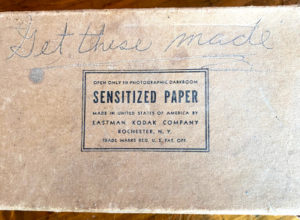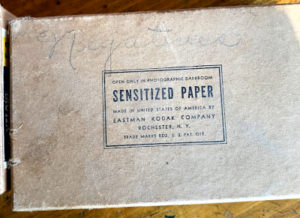I enjoy seeing the creative ways that minimum-budget photographers approach problems such as lighting, space limitations, basic equipment and editing, yet remain creative and produce fantastic work.
When I decided to move away from the more automated settings on my Canon and try the semi- and full-manual modes, I realized I had to learn to think differently not only about how I was photographing, but also how to achieve the effects of standard equipment I didn’t already own.
First of these was a softbox – basically, fabric enclosure for a flash, strobe or constant light source, sometimes umbrella-shaped, with a reflective interior and a diffusion fabric front panel which spreads the light out over a wide area, softening the shadows and highlights, making for a more less harsh, shadow-filling light.
Although not (usually) crazy expensive, the prosumer models can be a bit pricey. Now, I only have a single Speedlite, and was limited to using just that on top of the camera. Soon I bought a Cowboy Studios radio flash shoe adapter, which at least gave me the flexibility to move the flash off of the camera and get a little more use out of it that way.
However, the flash light source itself was still small, which made highlights rather specular and the shadows sharp. I could bounce the flash off the walls or ceiling, but I still needed to get the light directional as well as diffuse.
So, I shelled out $10 for a couple of yards of diffusion material. Items I already had on hand were:
Matte board left over from some picture framing project years ago,
Tin foil
Electrical tape
A sheet of 5/8-in thick spongy plastic packing material
I got out my X-Acto knife and got to work. I cut 4 angled sides, removing the centers to mimize weight, lined one side of each with tin foil (for internal reflection and prevent light escaping), taped the seams with electrical tape, and then cut an aperture out of the packing material to slip over the flash head (I doubled it, as at 1 1/4 inch thick, it would hold onto the speedlite head better). Then I taped a rectangle of the diffusion material over the front, and viola!
Granted the front of the softbox is only 8×10 inches, but that’s much better than the 1 1/4 x 2 1/2-inch flash. It’s not collapsable, but it’s lightweight, small enough to be carried from place to place, and does a great job for a hobbyist.
My current project is a ring flash, using a small beach pail and a Solo party cup. No, really. It’s in progress. More on how that comes out later. Oh! And it’s okay to keep project remnants “just in case”. They will come in handy one day!
BTW, I will be adding photos to these posts eventually.

